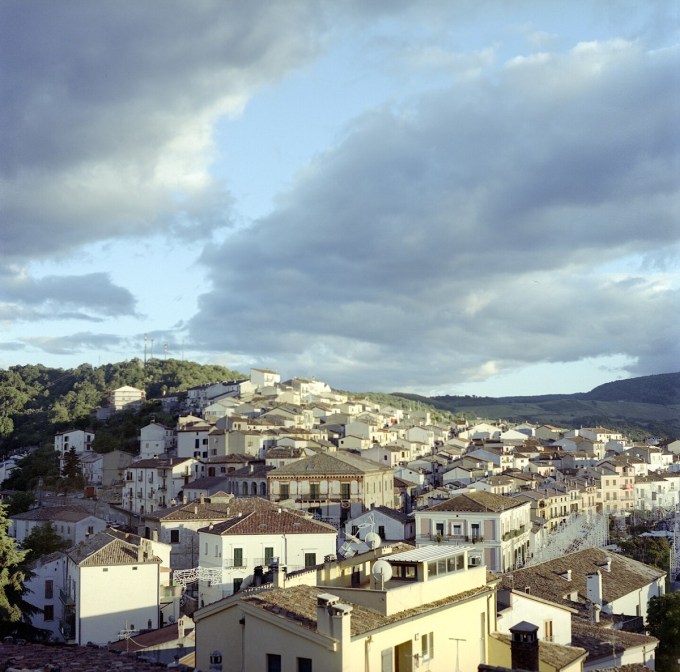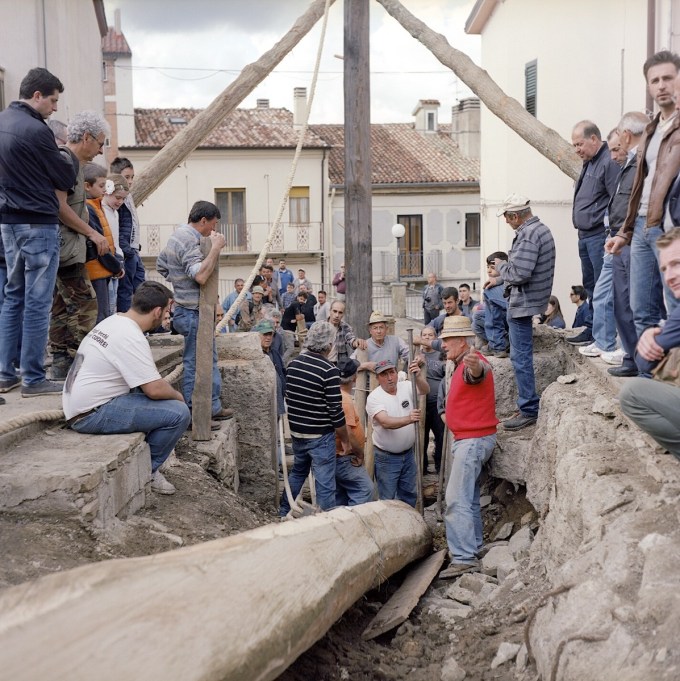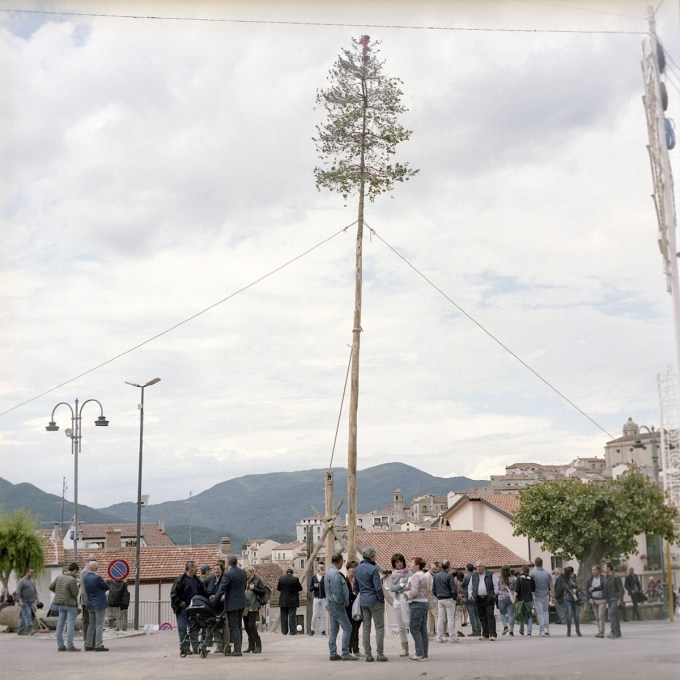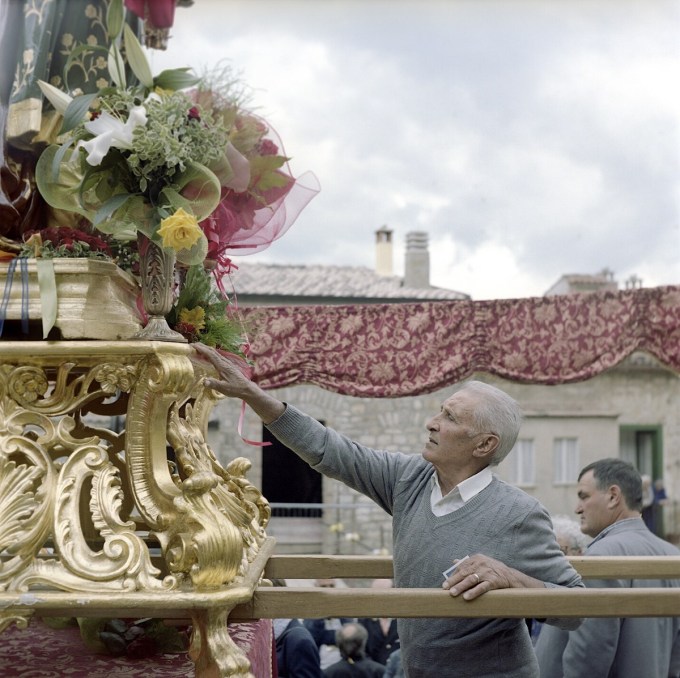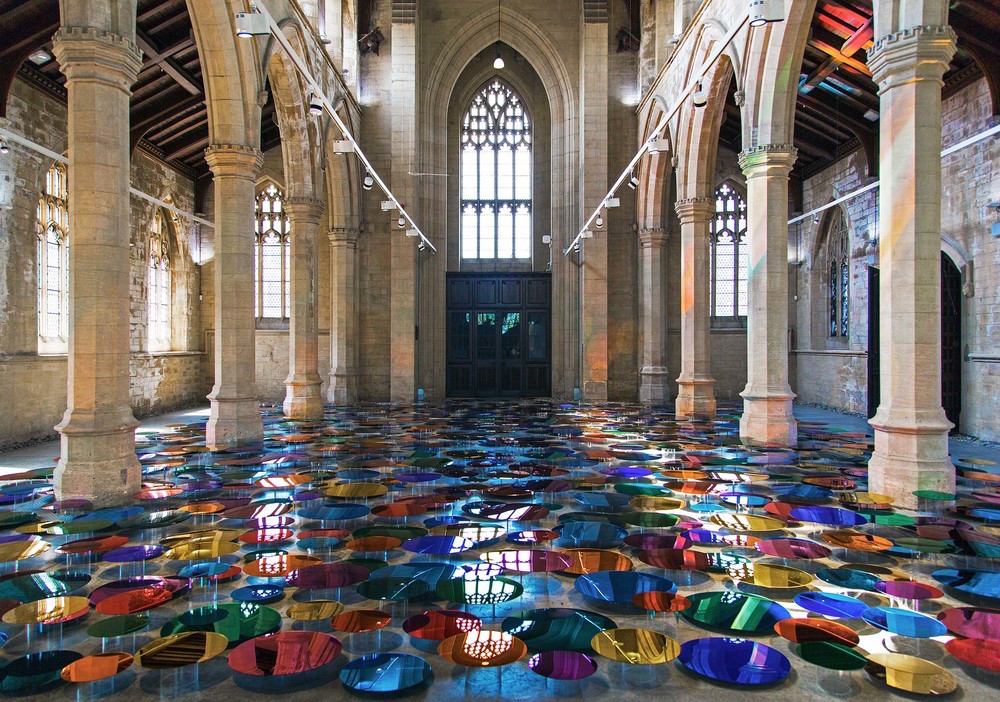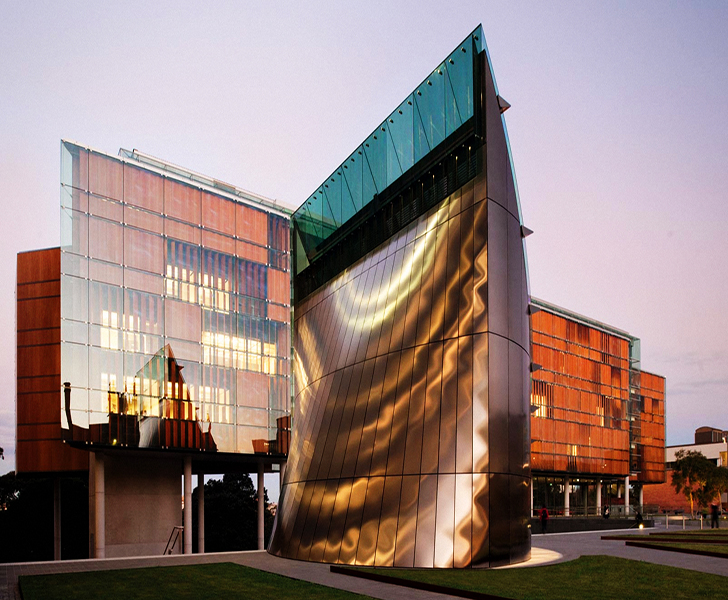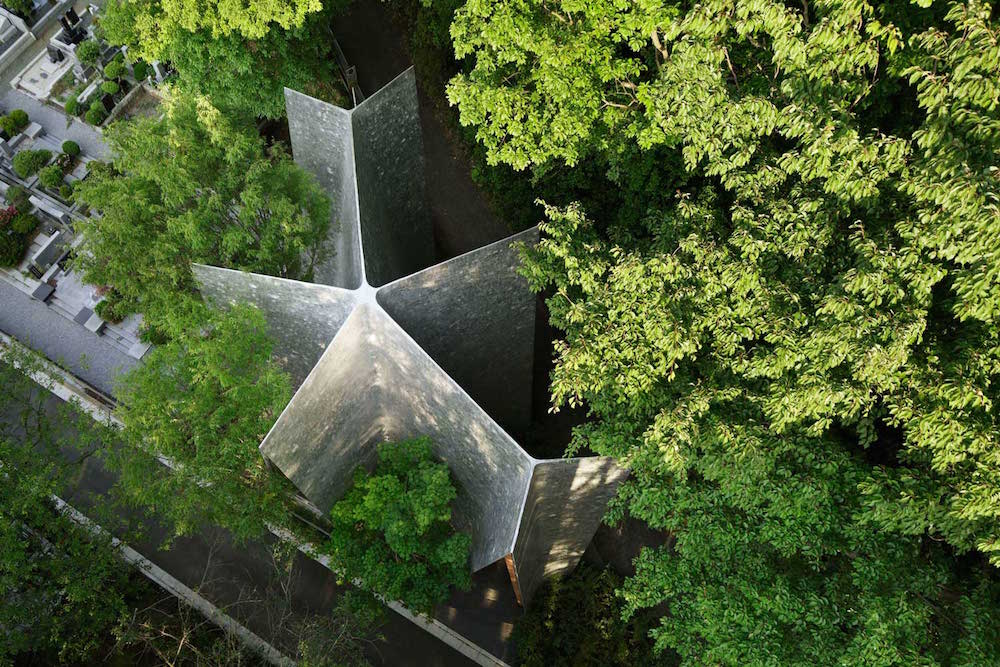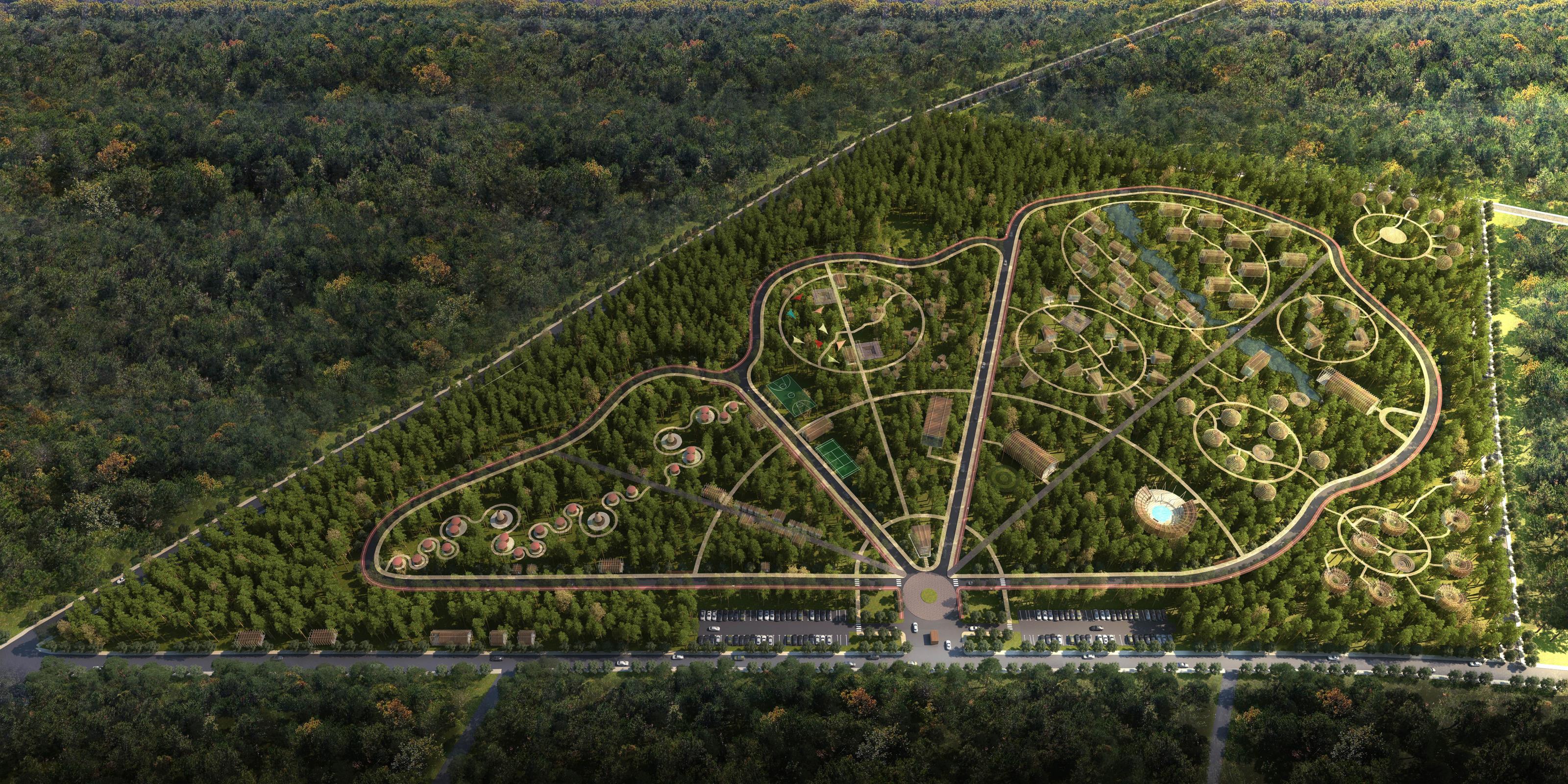MARRIAGE OF THE TREES
Share
Every year during Maggio Di Accettura in Southern Italy, an oak and a holly tree are joined in a wedding ceremony.
n the 1980s Magnum photographer John Vink visited the southern Italian town of Accettura to shoot its traditional tree festival. He told a friend of mine it was one of the craziest things he had photographed, and that he thought not much would have changed since. Not being able to find a lot of information about it, I decided to visit the town during a trip to Italy.
Surrounded by forests, Accettura feels almost untouched by time—especially during Maggio Di Accettura, a four-day Pagan fertility ritual that has survived over the centuries. During the celebration, the maggio, a tall old oak, and the cima, a holly tree, are cut from the surrounding forests to be transported back into town. The maggio is pulled by 100 oxen that are bred for the occasion, while the cima is carried on shoulder by the town’s young men for over 20 kilometers.
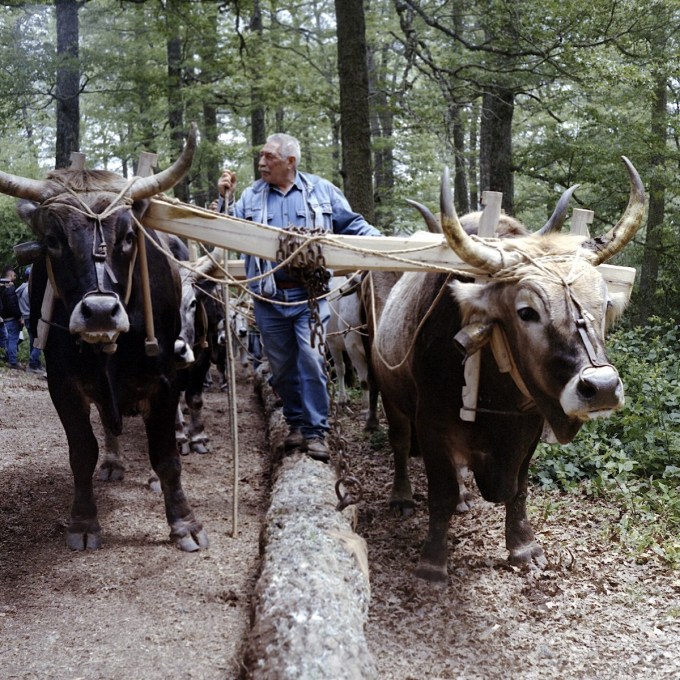
The Maggio is pulled into town by oxen over two-days, and the cima is later carried by shoulder by the young men of the town.
The Maggio di Accettura is a unique combination of paganism and religion, belief and superstition, excessive partying, hard work, and traditional craftsmanship. Everything, from the cutting and transportation of the trees to creating the mechanism to lift them, is done by hand. The tall maggio symbolizes the groom, the younger and smaller cima tree, the bride.
Trees have been the subject of worship in all parts of the world, from the Roman Empire’s sacred fig trees to Ancient Egypt’s sycamores and Asia’s banyans. Maggio di Accettura is one of the remnants of these arboreal cults.
Once they have been brought into town, the trees meet and are joined in a symbolic wedding ceremony under the watchful gaze of San Giuliano, the patron of Accettura. The top of the cima is inserted into the maggio before being raised above Accettura, overlooking the town. It’s not just the union of the trees; it’s the union of the town.
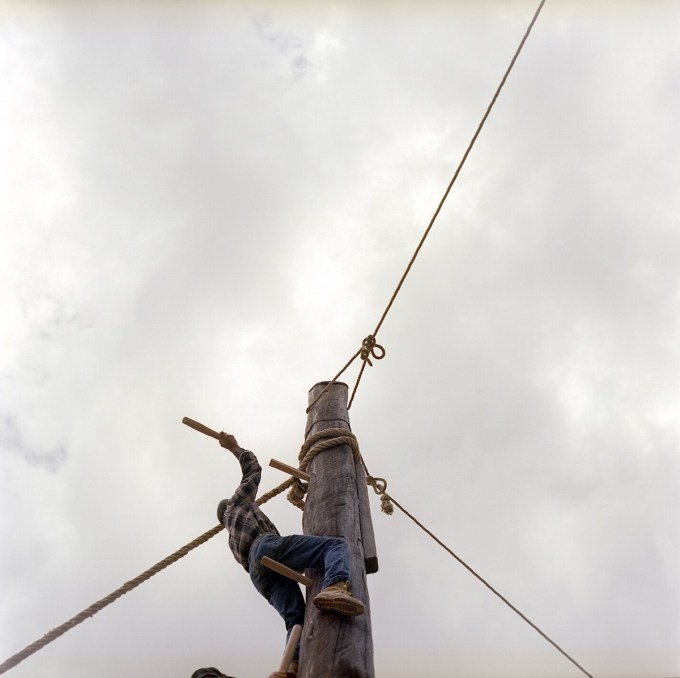
The top of the cima is inserted into the maggio before being raised above Accettura, overlooking the town.
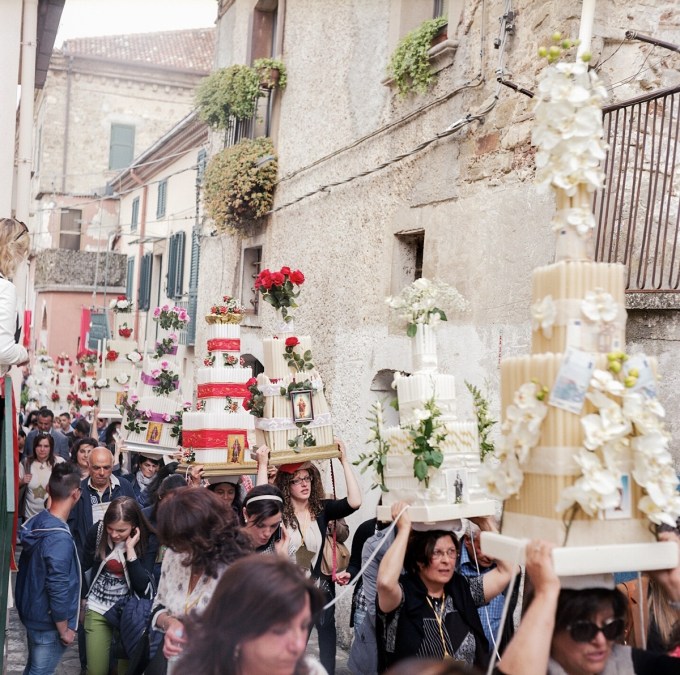
In the final procession, where they parade and dance around the town in traditional centa head-dresses, made from candles and flowers.
